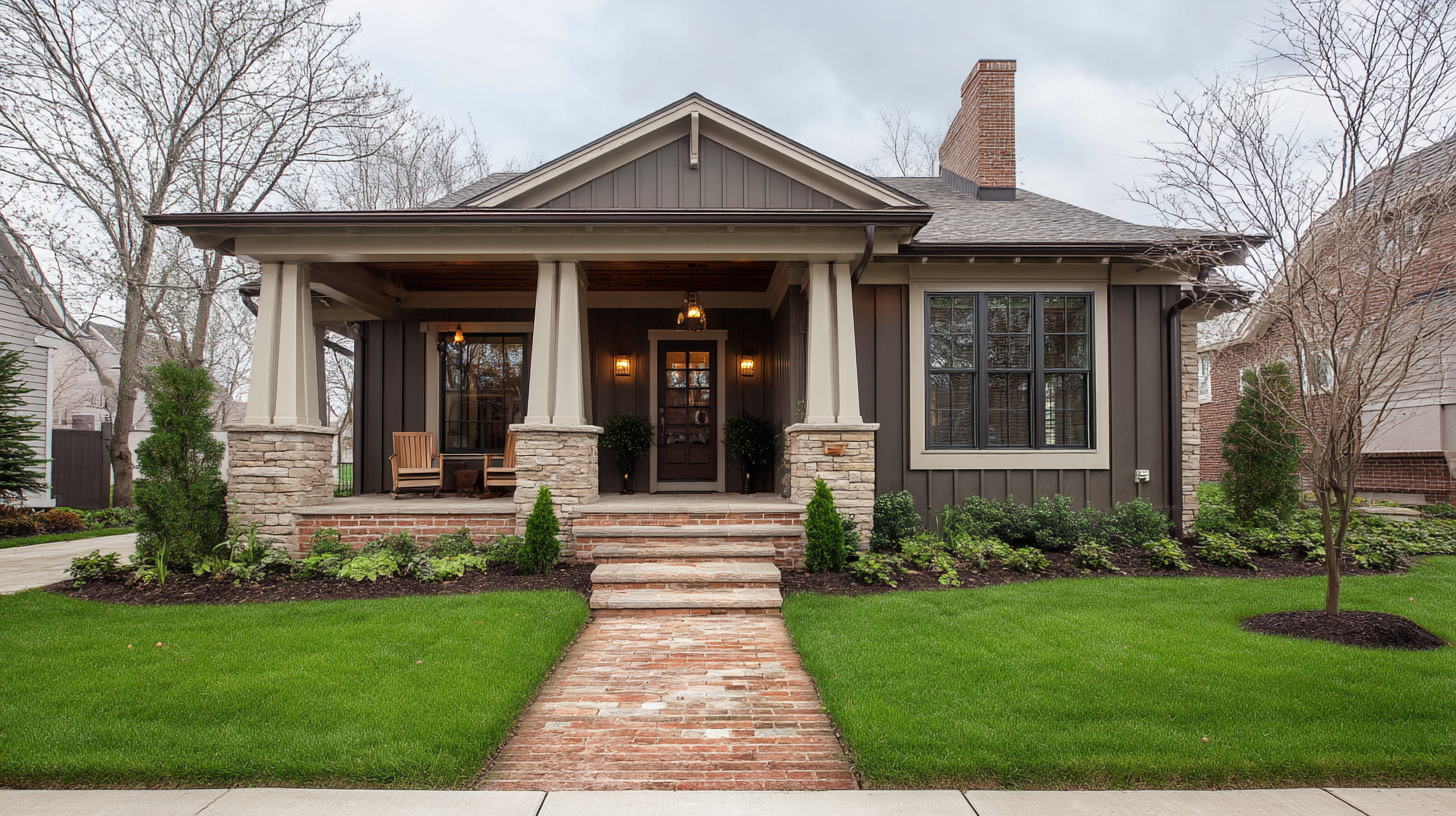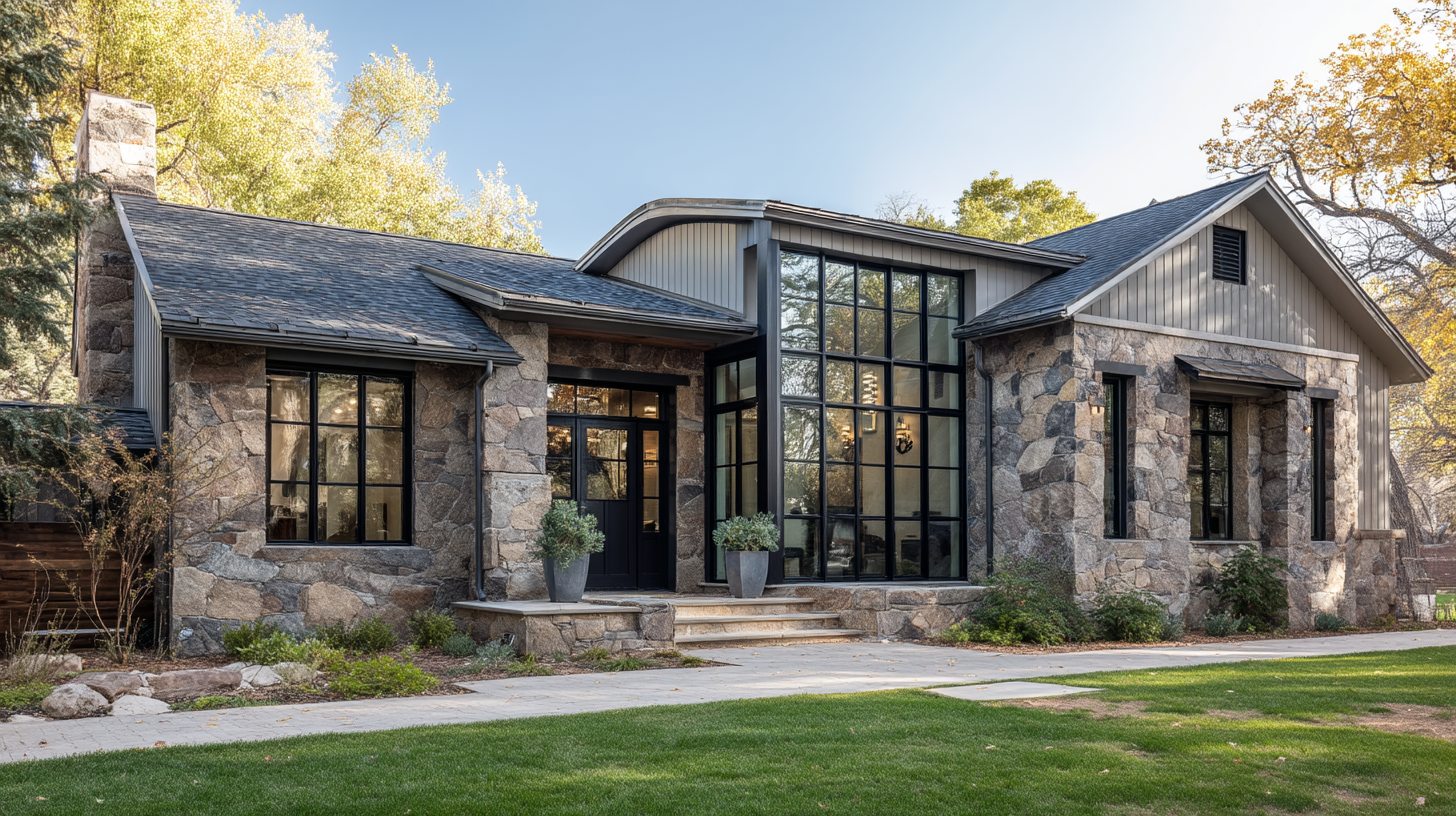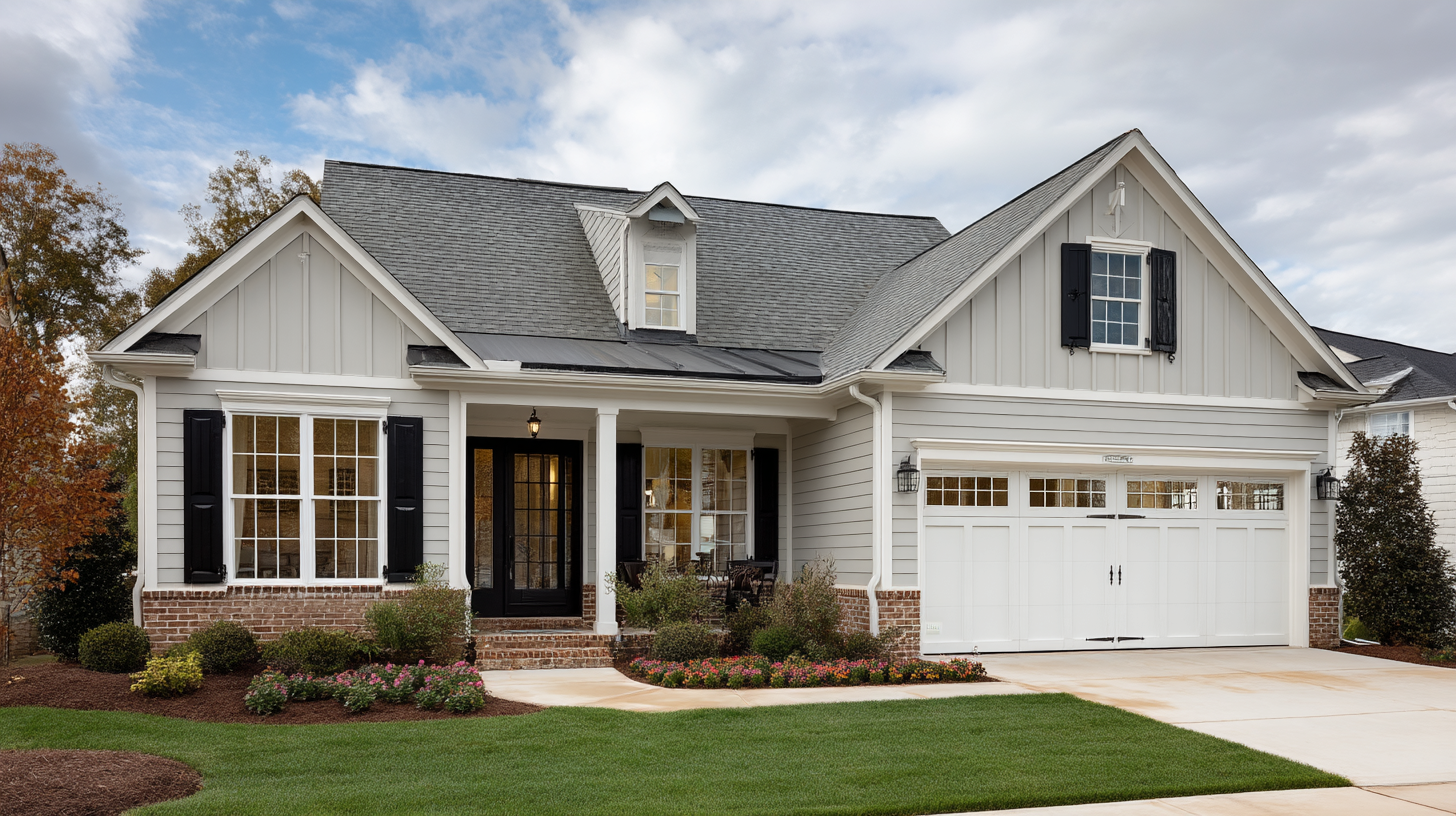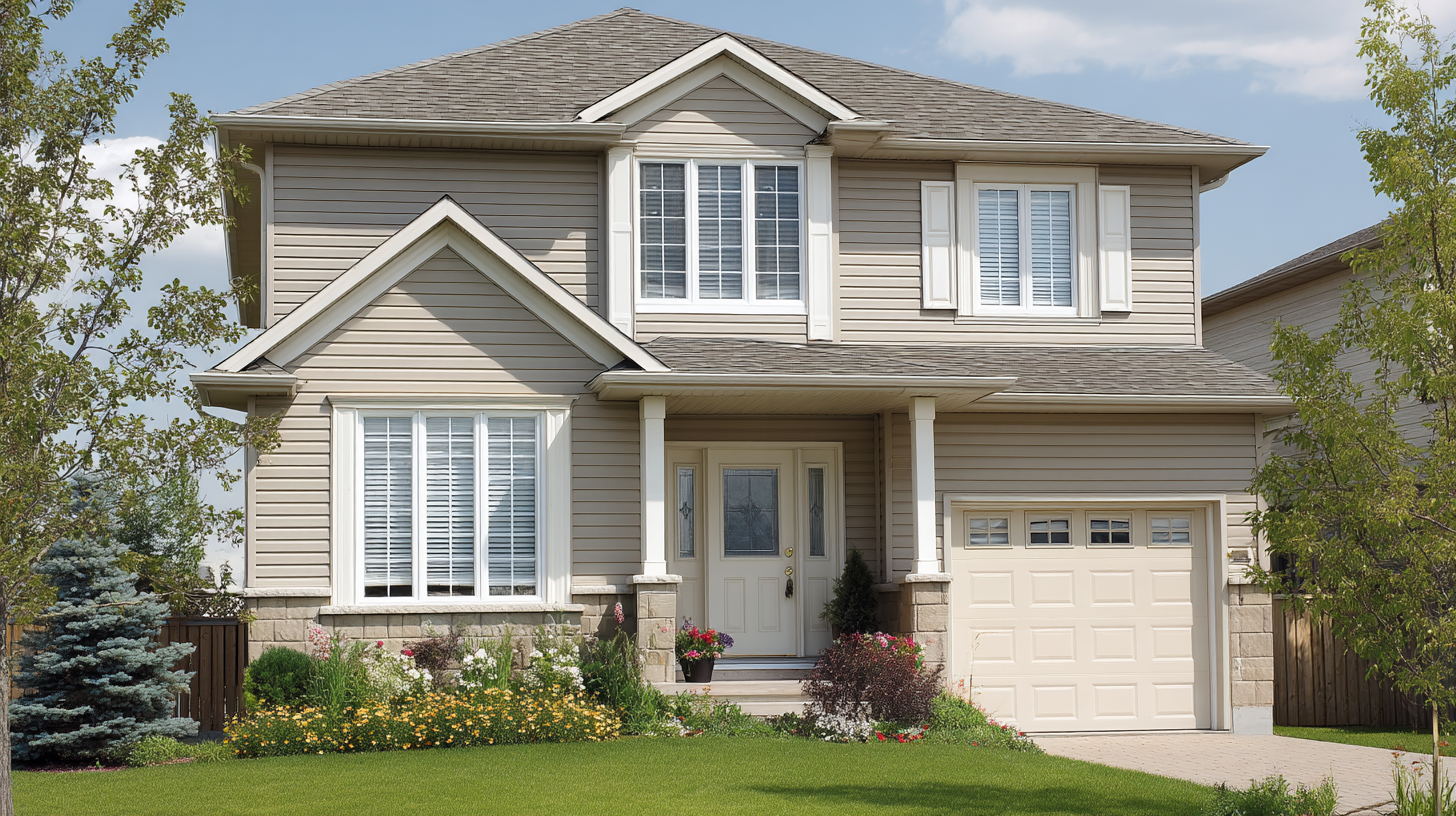Partnered with #1 ADU Builders
Contact Golden State
Drop us a line! We look forward to discussing your next project with you!
Cut the chase! Schedule a face-to-face virtual meeting with us today to dive into your project's next steps.
For our returning clients, experience our streamlined, contact-free project proposal process. Simply fill out our short project questionnaire, and we'll deliver your project proposal within 72 hours.

- Golden State Design & Engineering
- Comment 0
Structural Issues in Houses: How to Spot, Prevent, and Repair Damage Before It Gets Worse
What Are Structural Issues in a House?
Structural issues are problems that compromise the integrity of a home’s foundation, framing, and other critical structural elements. Unlike cosmetic defects, these problems threaten the safety, livability, and long-term value of the property. They can result from age, poor construction, soil movement, moisture damage, or seismic activity, making them especially relevant in California homes where these conditions are common.
At Golden State Design & Engineering (GSDE), we work with homeowners, contractors, and developers to identify and resolve structural problems before they escalate into costly repairs. Whether it’s foundation movement, sagging floors, bowing walls, or diagonal cracks, our structural engineers provide tailored solutions to keep your home’s structure safe, compliant, and resilient.
9 Common Structural Problems Found in Homes

1 | Foundation Cracks and Settlement
Foundation cracks are among the most common signs of structural damage. While some hairline cracks may be the result of normal house settling, others, particularly horizontal cracks, stair step cracks, or those wider than 1/8 inch, can point to foundation settlement or shifting. These types of cracks often form in foundation walls and block walls, especially when the home is built on expansive soils or has experienced water buildup around the home’s foundation.
Foundation settlement is often triggered by soil movement, poor drainage, or inadequate compaction. When left unchecked, it can cause uneven floors, sticking doors, and visible cracks throughout the structure. These warning signs indicate that immediate attention from a structural engineer is needed to prevent further damage.
2 | Wall Cracks, Bowing, and Bulging
Cracks in interior and exterior walls can reveal deeper structural issues. Diagonal cracks around windows and doors, cracks that widen over time, or cracks in basement walls often indicate more than just surface damage. Bowing walls or leaning walls typically result from soil pressure exerted on foundation walls, especially in homes with poor drainage or near retaining walls.
In severe cases, these can signal a risk of structural failure. Reinforcing or rebuilding walls, improving drainage, and installing proper structural supports are critical structural repairs that should be addressed promptly to prevent catastrophic failure.
3 | Sagging Floors and Deflected Framing
Sagging floors, bouncy subfloors, or noticeable dips in your walking surfaces are common signs of structural damage in older homes or poorly constructed buildings. These symptoms typically point to deteriorated support beams or joists, termite activity, or moisture damage in the crawl space.
If left uncorrected, these issues can affect the entire structure, compromising both safety and comfort. Structural engineers can evaluate the severity, identify the root cause, and recommend repair strategies like beam sistering or replacement to restore structural integrity.
4 | Crawl Space and Cripple Wall Weakness
Many California homes have crawl space foundations with cripple walls that were never engineered to current seismic standards. These areas are particularly vulnerable to movement during earthquakes. Signs of structural damage in the crawl space include sagging floors above, leaning walls, and separation between framing elements.
Retrofitting the crawl space with shear panels, bolted connections, and properly anchored framing significantly improves a home’s safety and helps prevent extensive damage during seismic events.
5 | Roof and Ceiling Structural Damage
A sagging roofline, ceiling cracks, or visible gaps between ceiling and walls can indicate underlying issues in the roof structure. These problems may result from overloading, wood rot, or framing defects, often exacerbated by water leaks or fire damage.
Water damage in roof framing weakens load paths and increases the risk of structural failure. Regular inspections and early repairs are crucial to avoid costly roof-related structural repairs.
6 | Water Damage, Wood Rot, and Mold Growth
Water damage is one of the most overlooked causes of structural issues. Whether from poor drainage, plumbing leaks, or failed waterproofing, excess moisture leads to wood rot, mold growth, and corrosion of metal connectors.
Water can infiltrate the home’s foundation, crawl space, or framing cavities, silently degrading the structure. Warning signs include musty odors, soft or discolored wood, visible cracks near damp areas, and mold in drywall or insulation. These conditions often require structural repairs and remediation to avoid further issues.
7 | Soil Movement and Foundation Problems
Soil movement, including expansion, contraction, and erosion, is a leading cause of foundation problems in California. Homes built on expansive clay soils are especially vulnerable to shifts during wet and dry cycles.
This can lead to foundation cracks, uneven floors, and visible signs like stair step cracks in block walls. Soil movement may also cause foundation walls to tilt or separate, weakening the structural elements of the home. Foundation repairs often involve underpinning or soil stabilization to reestablish a level and structurally sound base.
8 | Aging Materials and Construction Flaws
As homes age, structural materials degrade. Concrete may spall or crack, wood shrinks or warps, and metal components rust. These changes, combined with past construction shortcuts, can result in serious structural issues.
Poor construction methods, such as undersized beams, unbraced walls, or improper connections, can become major problems over time. A structural engineer can assess whether materials are still structurally sound or if they require replacement, reinforcing, or full structural repairs.
9 | Seismic Weakness and Lateral Deficiency
In seismic zones, homes without proper lateral support are at high risk for structural failure during an earthquake. This includes a lack of shear walls, unbolted sill plates, or inadequate support for second-story additions.
Leaning walls, bowing exterior walls, and separation at door frames are common signs of structural damage caused by lateral instability. Major structural repairs may be needed to reinforce walls, install bracing, and improve load paths throughout the home’s structure.
Signs Your House Might Have Structural Damage

Understanding the warning signs of structural damage helps prevent small cracks from turning into expensive problems. Here are key indicators to watch for:
Common Interior Warning Signs
- Cracks around door frames, windows, or along ceilings
- Doors and windows that suddenly become difficult to open or close
- Uneven floors or sagging floors
- Gaps between walls and ceilings
- Nail pops or bulging drywall
- Sticking doors and shifting door frames
Exterior Warning Signs
- Visible cracks in exterior walls or foundation walls
- Leaning retaining walls
- Horizontal cracks in concrete or block walls
- Visible gaps at window or door trim
- Cracks that grow over time
- Walls lean or tilt outward
- Deterioration around crawl space vents or access points
These signs of structural damage should never be ignored. Early identification and intervention help preserve your home’s structural integrity and minimize repair costs.
What Causes Structural Issues in Houses?
Structural issues rarely appear overnight. They often develop due to underlying issues that go unaddressed:
- Foundation movement caused by expansive soils, erosion, or poor compaction
- Water leaks from roofing, plumbing, or groundwater intrusion
- Poor drainage around the home’s foundation, leading to water buildup
- Improper framing or poor construction, especially in older homes
- Seismic activity, which causes sudden shifts in the entire structure
- Aging materials that have exceeded their useful lifespan
Identifying the root cause of structural damage is essential before making repairs. Treating the symptom without solving the underlying cause leads to further damage and additional repair costs down the line.
How to Prevent Structural Damage in Your Home

Improve Drainage and Waterproofing
Poor drainage is one of the top causes of foundation issues. Homes should have:
- Graded soil that slopes away from the foundation
- Gutter systems that direct water away from the structure
- French drains or sump pumps in areas with high water tables
- Properly sealed crawl spaces and waterproof membranes
Schedule Regular Inspections
Early detection is the key to avoiding major structural repairs. Regular inspections by a structural engineer help catch small cracks, subtle sagging, or signs of water damage before they escalate.
Plan for annual checks of your home’s foundation, framing, and crawl space. If you notice warning signs, schedule a detailed structural evaluation.
Build or Remodel with Engineering in Mind
Whether you’re building a new home or renovating an existing one, incorporating structural engineering into your planning avoids long-term risks. GSDE ensures that your plans meet California Building Code, account for local soil movement, and deliver a structurally sound result.
From support beams to lateral bracing, each component is engineered to reduce the likelihood of future foundation problems and structural failure.
Structural Repair and Retrofit Solutions
Addressing structural issues requires more than patchwork. A qualified structural engineer will assess the problem, identify the underlying cause, and recommend long-term solutions. Common repair strategies include:
- Foundation underpinning to stabilize foundation settlement
- Slab jacking to lift and level concrete floors
- Beam reinforcement for sagging floors or damaged support beams
- Wall bracing to address bowing walls and prevent collapse
- Seismic retrofitting to improve earthquake resilience
- Waterproofing and drainage improvements to prevent moisture damage
In severe cases, major structural repairs may involve replacing failing structural elements or rebuilding sections of the home’s foundation.
Why Structural Issues Are Common in California
California’s geography and climate introduce multiple structural risks:
- Expansive clay soils cause foundation movement during seasonal changes
- Frequent seismic activity puts stress on lateral structural elements
- Wildfires and water intrusion accelerate material deterioration
- Older housing stock often includes poor construction or outdated materials
Homes in areas like Sacramento, Folsom, Santa Rosa, and San Jose experience a wide range of environmental forces. Localized knowledge, code expertise, and engineering experience are critical for identifying and correcting structural issues in these regions.
When to Call a Structural Engineer

If you observe any of the following signs of structural damage, it’s time to call a structural engineer:
- Cracks wider than 1/8 inch in foundation walls
- Stair step cracks in block walls or brick veneer
- Sagging floors or uneven walking surfaces
- Doors and windows that no longer align properly
- Leaning or bowing exterior walls or retaining walls
- Sudden structural shifts after heavy rain, seismic activity, or water leaks
Structural engineers provide detailed evaluations, stamped reports, and repair plans that ensure compliance with local code and protect your investment. Delaying evaluation can lead to further issues, more costly repairs, and compromised home safety.
FAQs About Structural Damage in Homes
Are all foundation cracks serious?
Not all cracks indicate a serious problem, but cracks wider than 1/8 inch, horizontal cracks, or cracks that grow over time can signal foundation movement. A structural engineer can determine the severity.
How can I tell if a crack is structural?
Diagonal cracks near windows and doors, stair step cracks in block walls, and cracks paired with sagging floors or sticking doors are common signs of structural damage.
How much does it cost to fix structural damage?
Repair costs vary widely based on the issue. Minor structural repairs may cost a few thousand dollars, while foundation repairs or retrofits can exceed $25,000. Addressing problems early helps keep repair costs manageable.
Will insurance cover structural repairs?
Some policies may cover sudden events like earthquakes or floods, but most exclude structural issues caused by wear and tear, poor construction, or deferred maintenance.
Can GSDE help with permitting and structural design?
Yes. GSDE provides integrated design, engineering, and permitting support for clients across California. Whether you’re retrofitting an older home or designing new construction, we ensure the home’s structure is safe, compliant, and built to last.
Conclusion
Structural issues in houses are more common than most homeowners realize. Whether caused by soil movement, poor construction, or water damage, these problems can escalate quickly if left unchecked. The good news is that early detection, proper evaluation, and professional repairs can restore your home’s structural integrity and prevent further damage.
Golden State Design & Engineering is trusted across California for providing expert structural assessments, designs, and repairs. Our team is committed to keeping homes safe, structurally sound, and built to withstand the forces of time and nature.
#NAICS’s:
- 541310 Architectural Services &
- 541330 Engineering Services
DUNS NO:
- 119132267
#SIC’s
- 8712 Architectural Services &
- 8711 Engineering Services
Cage #
- 9R4L5
#UNSPSC’s:
- 81101500, 81101502, 81101505, 81101508, 81101526, 81101533, 81101522

